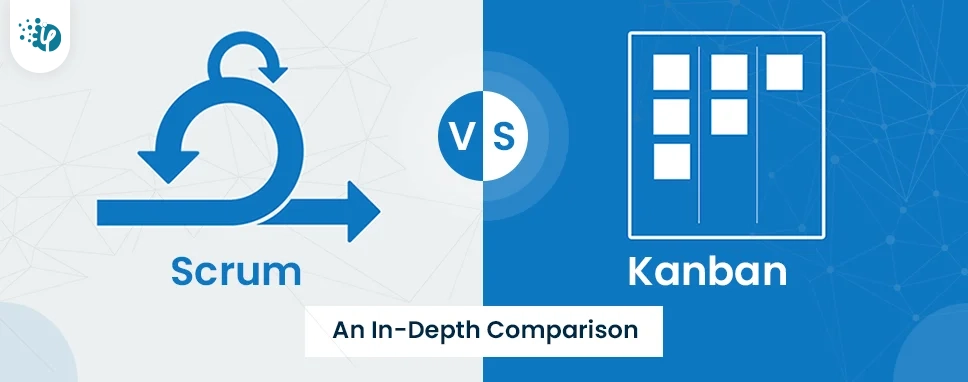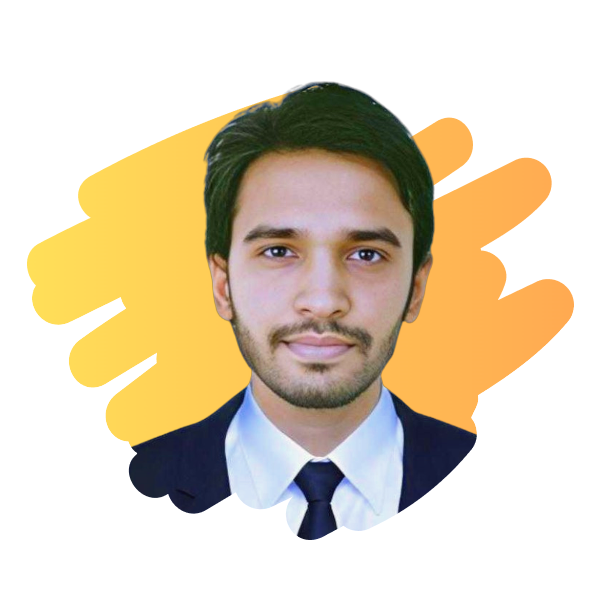Workflow
Scrum is based on the concept of fixed-length iterations. It includes planning, daily standup meetings, sprint review meetings, and retrospective meetings at the end of each iteration to understand what went well during the last iteration cycle and what can be improved in upcoming iterations.
Scrum focuses on completing a set amount of work within an Iteration which is followed by a retrospective
Kanban is based on the concept of continuous flow to complete work in process (WIP). It includes daily standup meetings, review, and planning sessions, but no sprint planning or end-of-iteration review.
Kanban focuses on reducing WIP rather than completing an iteration cycle within predetermined hours.
Metrics
Scrum works on fixed time-boxed iterations for one month or two weeks, while there is no such restriction in Kanban.
Scrum uses burndown charts to track the progress of work and identify where scrum teams are spending their efforts.
On the other hand, kanban does not have any specific metrics associated with it as the main objective is to reduce WIP.
While scrum has fixed roles, kanban uses different people for different tasks as they are required.
Meetings
Scrum teams have three types of meetings - daily stand-up meeting, planning session, and review session which helps the scrum team in coordinating work within themselves and across teams.
On the other hand, kanban has a single-piece flow to optimize the workflow which does not require a detailed estimation process which leads to more accurate forecasting and utilization of time.
Goals
In scrum, there is an overall goal that needs to be achieved by the end of each sprint. Developers are involved in all the sprints and they work on a dedicated backlog.
On the contrary, in kanban, each team works on their own goals and evaluates their efficiency at every step using metrics such as lead time and cycle time. It is more task-based rather than scrum's team-based approach.
Planning
Scrum is based on the concept of estimation, planning, and tracking whereas kanban doesn’t have estimates or plans but follows a pull-based workflow where work starts only when there are tasks available in the queue. Scrum teams follow certain rules for sizing stories before they start development which is not required in kanban.
Scrum involves sprint planning, daily standup meetings, backlog grooming sessions whereas kanban follows a pull-based methodology which means that teams should focus on completing the tasks from their work board instead of having dedicated backlogs for development.
Work Division
In scrum, the entire work is divided into sprints and all the tasks are carried out by a single team whereas in kanban each task is handled by different teams.
Scrum implementation requires strict adherence to certain roles, meetings, tools, and artifacts that need to be followed for success while kanban can be customized based on your business needs which means there will not be any specific requirements that you need to adhere to.
Deadlines
Scrum follows a sprints approach where teams focus on short-term goals and complete them before moving to the next one whereas, with kanban, there is no specific time limit for completing tasks which means it can be completed at any point in time making it more flexible compared to scrum.
In scrum, teams work in a peculiar way for delivering the project within time and budget whereas kanban doesn’t have this restriction.





















